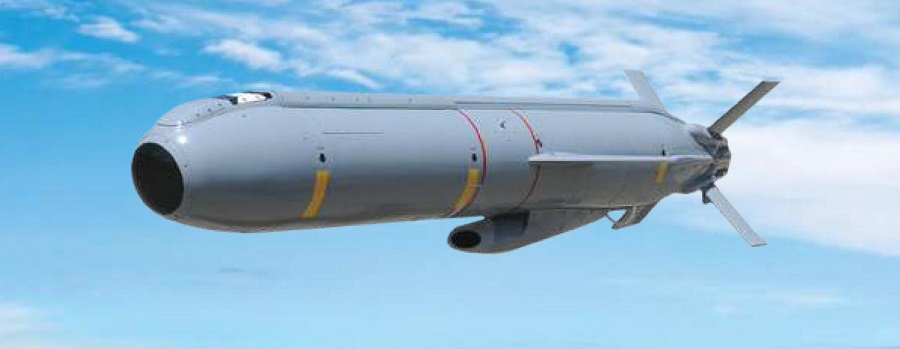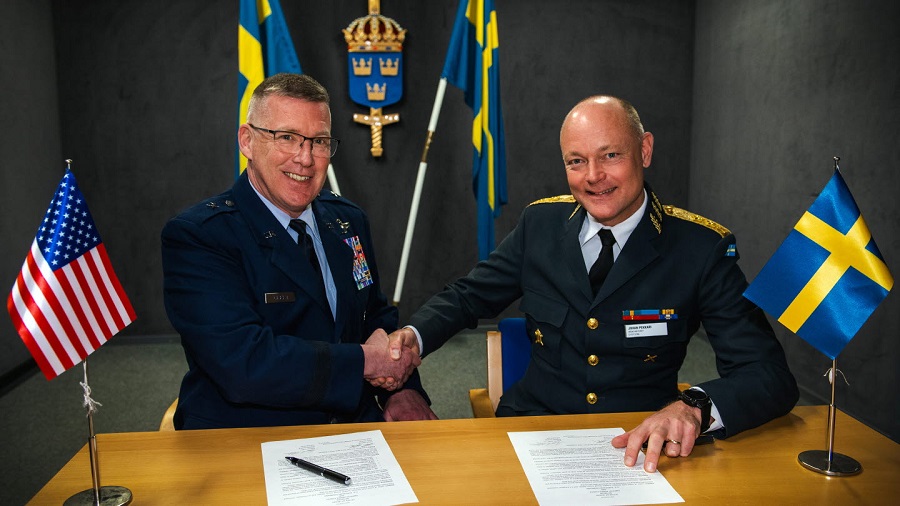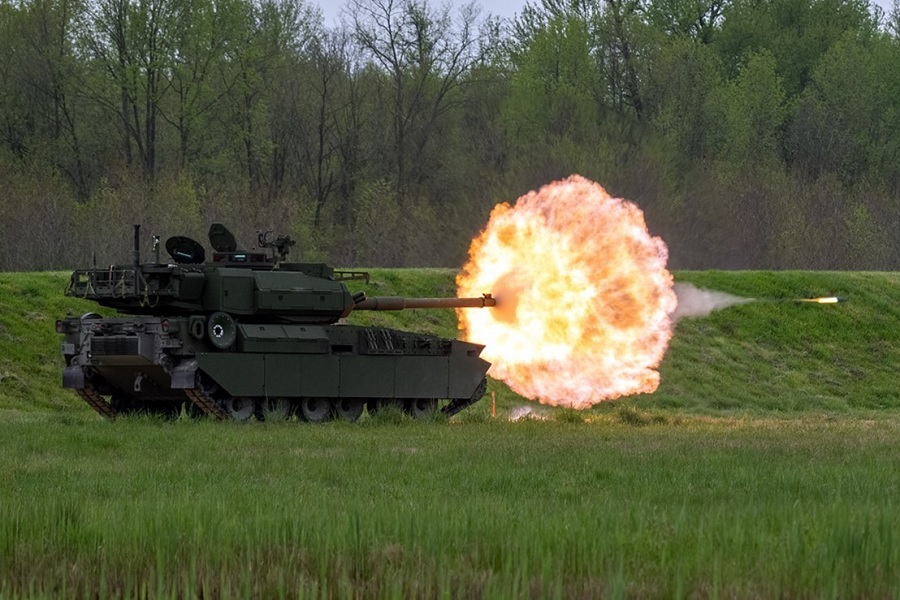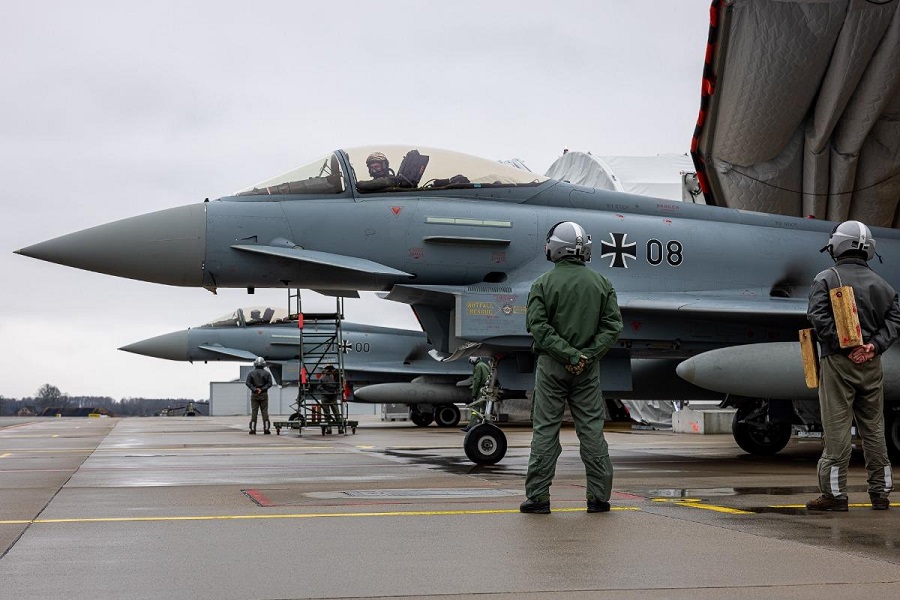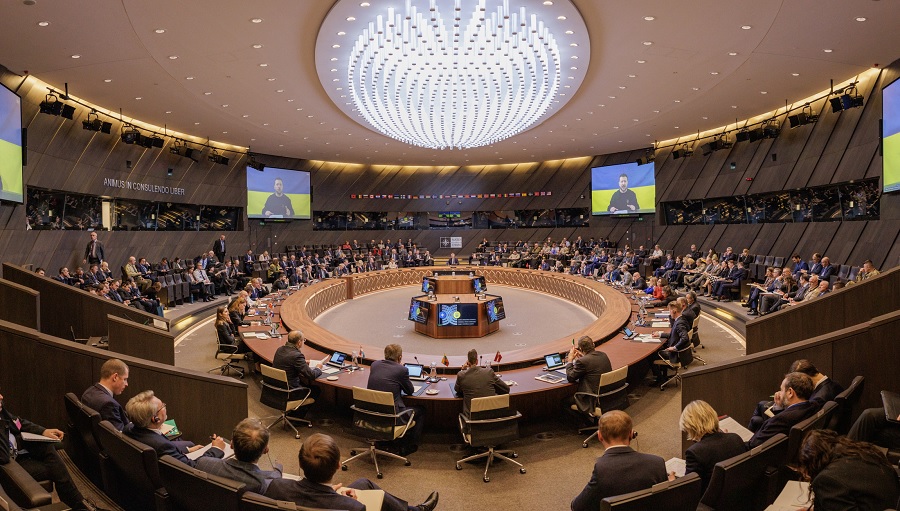The presentation of the iMUGS project organized by KMW (Krauss-Maffei Wegmann) took place at the Lehnin military training area, in December 2022.
The demonstration’s focus was on swarming which enables a swarm of robots to accomplish a mission collaboratively, utilizing shared information based on common situational awareness and sensor data available to the swarm members and showcasing how manned and unmanned ground and aerial systems assist soldiers.
Manned-Unmanned Teaming is revolutionizing the battlefield. Collaboration between manned and unmanned systems not only expands tactical scope but also reduces risk to technical and human resources in uncertain or hostile environments.
Unmanned ground-based systems, such as Milrem’s THeMIS, can be controlled directly from the vehicle by integrating the command unit. Operation, display and evaluation can thus be easily performed from familiar systems such as DINGO 2 HD, BOXER APC, BOXER tracked or the modular command post container M2CP. However, automated loading and launching of unmanned drone systems (UAV for short) is also possible.
iMUGS is a 32,6 MEUR project, a 13-party collaboration focused on developing a modular and scalable architecture for hybrid manned-unmanned systems. The parties involved are Milrem Robotics (project coordinator), Bittium, Diehl Defence, dotOcean, GMV Aerospace and Defence, Insta Advance, Krauss-Maffei Wegmann (KMW), Latvijas Mobilais Telefons (LMT), NEXTER Systems, the Royal Military Academy of Belgium, Safran Electronics & Defense, Talgen Cybersecurity, and sol.one.
The aim of the project is to standardise a European-wide ecosystem for aerial and ground platforms, command, control, and communication equipment, sensors, payloads, and algorithms. The project addresses challenges such as enhanced interoperability, increased situational awareness, and faster decision-making.


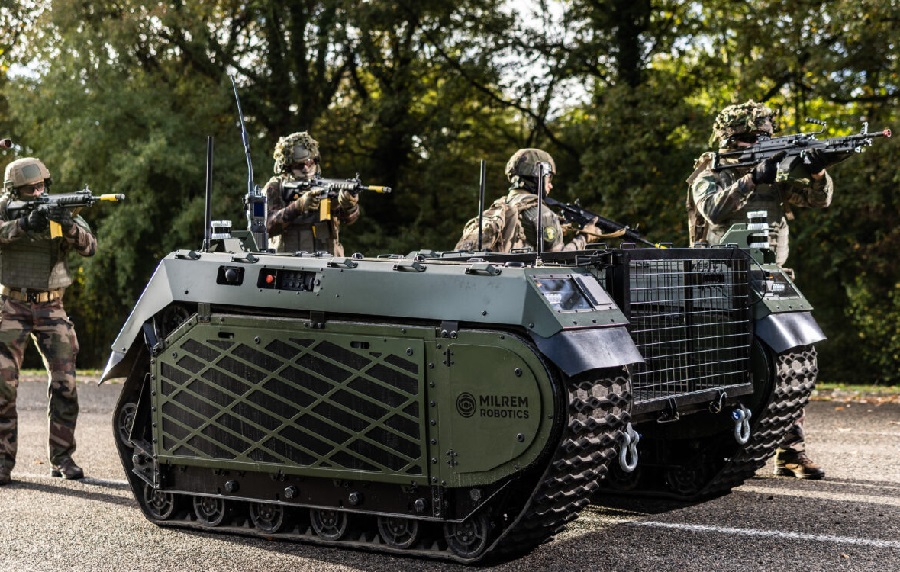

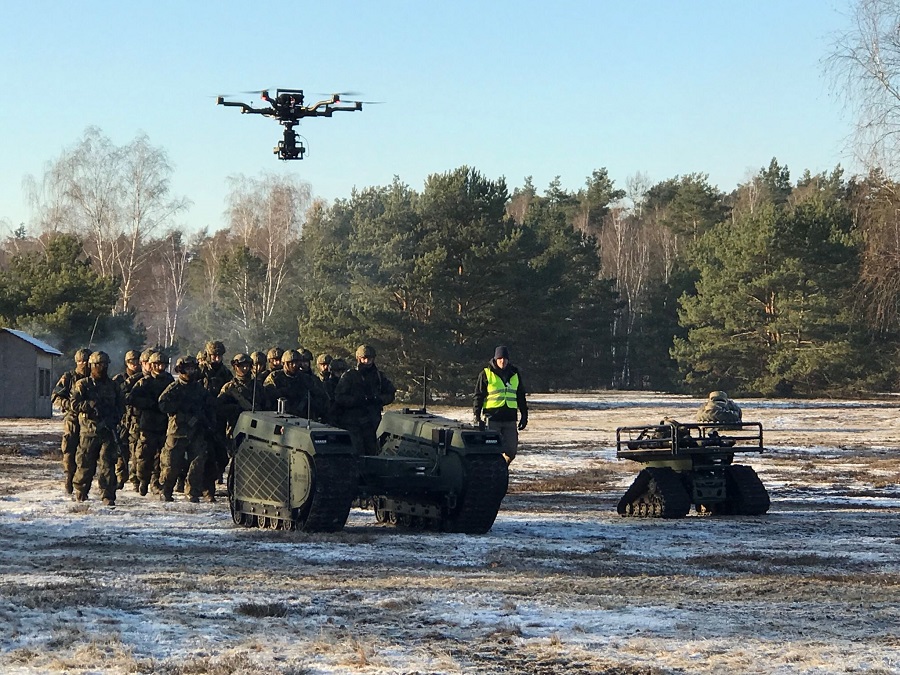
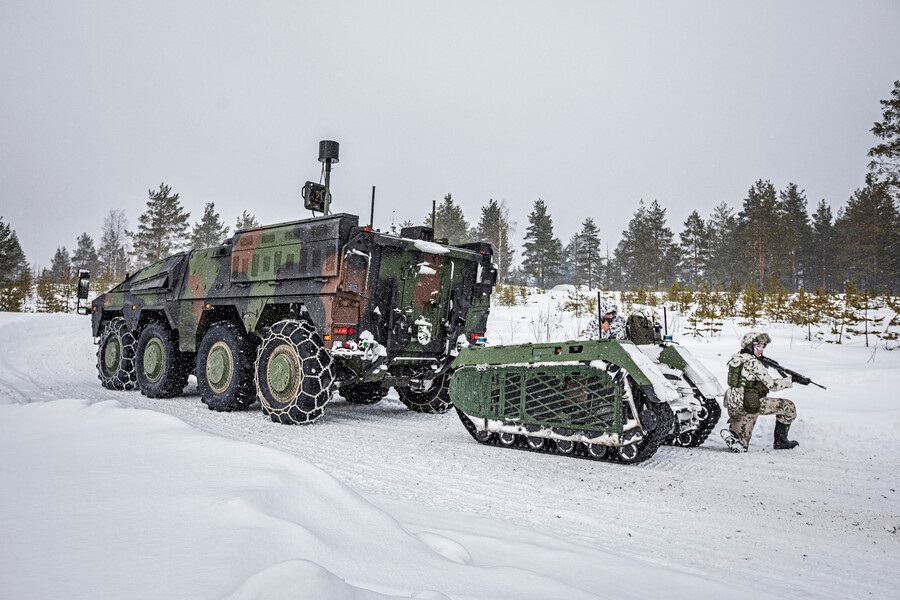
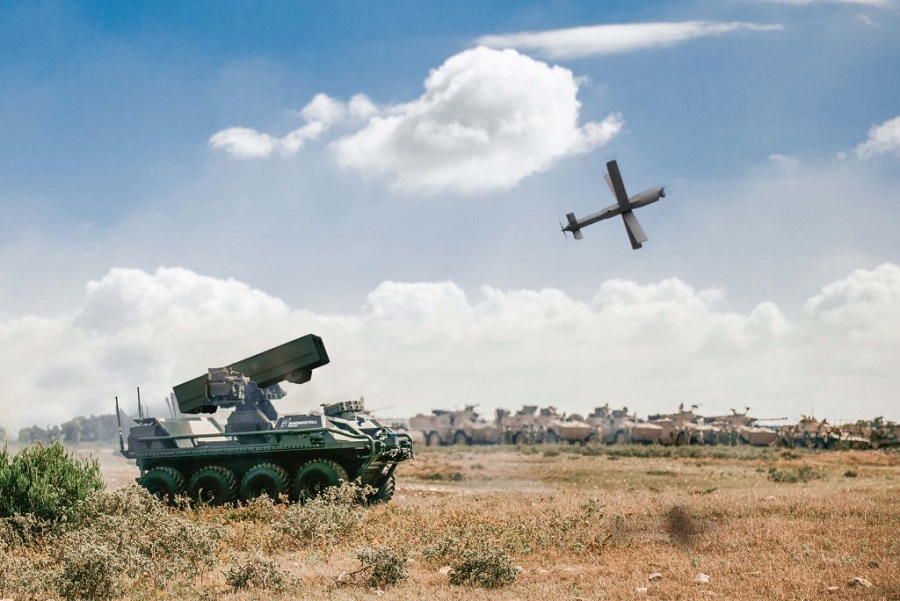


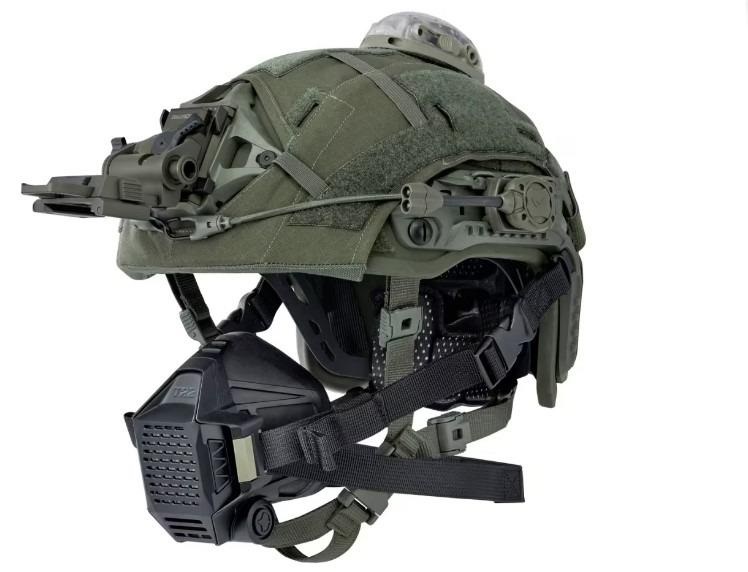


![Russian forces capture Ukrainian Leopard 2A6 main battle tank [VIDEO]](https://defence-industry.eu/wp-content/uploads/2024/04/Russian-forces-capture-Ukrainian-Leopard-2A6-main-battle-tank-VIDEO.jpg)




